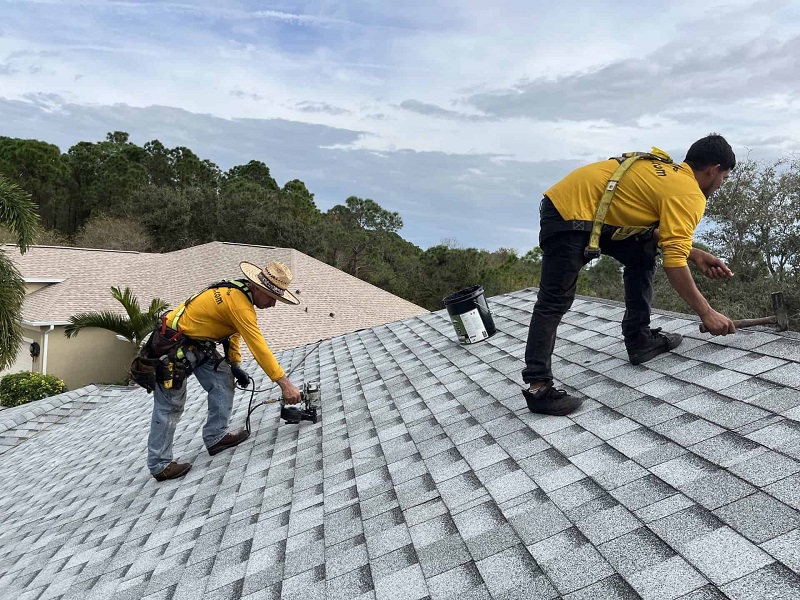One of the most important duties that comes with house ownership is roof maintenance. In addition to providing weather protection, a sturdy, dependable roof greatly enhances the overall structural soundness of your house. But roofs disintegrate over time, raising the question of how long does a roof last and when action is necessary. It can be difficult to decide whether to replace or repair your roof, and the age of the roof is a major factor. Taking into account your age and present health, this advice assists you in making that decision.
The First Decade: Early Signs and Preventative Care
Roofs under 10 years old rarely have severe difficulties if installed properly. If you have leaks or small damage, repairs are best. Storm damage, fallen limbs, and poor vent and chimney flashing may cause these issues. Fixing these localized faults can extend roof life and prevent further damage. Preventative maintenance like gutter cleaning and debris removal are crucial during this time. Fix small issues immediately to avoid costly, difficult repairs.
The Teenage Years: Assessing Wear and Tear
Roofs that are between 10 and 20 years old are in good condition but are starting to age. You might begin to notice more common problems, depending on the roofing material, climate, and maintenance history. Shingles may start to lose granules, curl, or fracture. You might notice discoloration or the growth of moss, and leaks might become more frequent. A comprehensive roof examination by a trained specialist is crucial when issues of this kind arise. The inspector can determine how much damage has been done and give you a reasonable estimate of how long your roof will last. Repairs are still possible if the damage is comparatively localized and the structure as a whole is sound. However, it could be time to think about replacement if the damage is extensive or persistent.
The Golden Years: Evaluating Long-Term Costs
If a roof is 20 years old or older, its condition will determine whether to replace or repair it. The roof may need regular repairs as it nears its expected lifespan. Even with minor repairs, serious damage such large leaks, severe shingle degradation, or drooping areas frequently indicates a roof structure problem. Replacement is often the most cost-effective long-term solution. Because new difficulties are likely to arise, repairing a severely old roof might be costly forever. New roofs improve curb attractiveness, energy efficiency, and most importantly, reliability.
Conclusion
Whether you decide to repair or replace your roof ultimately depends on the age of the roof, its current condition, and the long-term financial goals you have set for yourself. For the purpose of evaluating your specific circumstances and making an educated decision that protects both your home and your investment, it is recommended that you consult with a professional roofing contractor.


